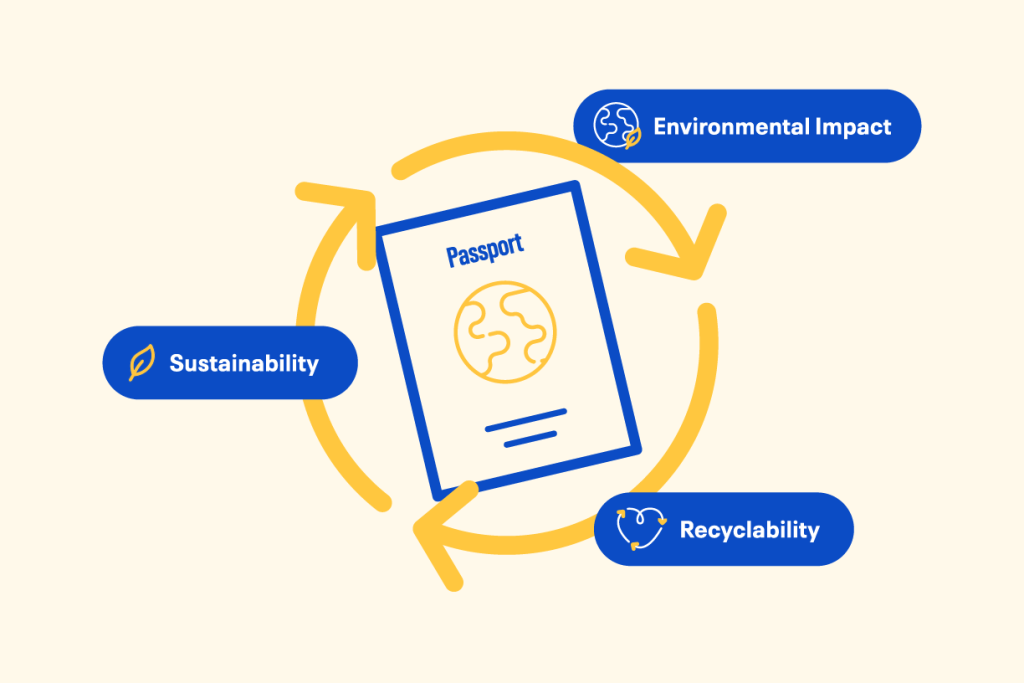
Greenwashing is everywhere. “Greenwashing” is when companies spend time and money to “look” environmentally responsible but don’t practice true sustainability. Being accused of greenwashing can have serious consequences for a brand’s reputation.
There’s a good reason greenwashing happens: businesses are under enormous pressure from consumers, shareholders and governments to be environmentally responsible, and they’ll do almost anything to make themselves look like good stewards. Part of this is also a lack of knowledge. Companies cannot take steps to become more sustainable if they don’t know the impact the products they make and sell are having on the environment.
Most businesses want to do the right thing, but many don’t know where to start or what changes can make the biggest difference. This is where technology can play a key role.
Struggling to get on the sustainability path? The good news is there is technology available that can help you become a truly sustainable business that is attractive to consumers and investors. Here are the three places to start.
1. Information: The Gateway to Progress
Societies are pressuring businesses to create environmental change, as they should. But until companies have the right information about their impact, they don’t have a starting point or any way to track progress toward their environmental goals.
The first thing a company should do on the path to sustainability is to dive deep into their data and produce a baseline set of metrics on its environmental impact. This is not an easy task, but collecting data is critical to understanding the impact of the products companies make and sell. Data will likely be imperfect or incomplete, but there is technology available that can provide accurate impact analysis, even when data is fragmented or missing.
Think of it as similar to getting your blood work done at the doctor’s office. A quick scan of cholesterol, blood sugar and electrolytes gives doctors insight into how your body works and what might need change. From there, patients can work on diet, lifestyle and other measures to make systemic and lasting changes. Environmental data can be crunched similarly to put businesses on the path to change. Information is the gateway to progress.
2.Use software to fill your information gaps
Once you’ve collected your baseline of data inputs, how do you fill in the data gaps that are left? Before recent technology advances, companies pursuing sustainability had to perform a manual investigation of their supply chain to look at all the different touchpoints and measure impact. It was expensive and time-consuming — and not scalable.
Current software solutions can accurately fill in the data gaps you have, removing the need for manual work while providing accurate, scalable results. The right software helps businesses understand their climate impact through the supply chain, and turn that data into new processes and ways of doing business. It also can do this for hundreds or even thousands of product lines. It helps large retailers with complex product ranges understand their impact and empowers them to move towards becoming a more sustainable business.
3. Turning information into action
Now you have a good baseline of data on your complex range of products. What do you do now, and how do you avoid being overwhelmed by too much information? Turning this information into actionable insights is critical for companies to make progress toward their sustainability goals. Moving your manufacturing from China to the US might reduce your overall CO2 emissions, but this is probably not commercially viable. Identifying the actions that have the maximum impact on reducing your environmental footprint with the smallest impact on your operations is critical.
Recent developments in artificial intelligence (AI) can find and recommend the best action and tell businesses how much effort and investment different paths will take. Ultimately, brands want to find the best path to sustainability that requires the least effort. Next-generation technology helps them to find that path.
Simple Steps Yield Big Results.
Companies are under enormous pressure to make money, preserve and grow their customer base and take care of their employees, and making sure they take care of the planet might seem like an added burden. Fortunately, many tools exist today that not only offer businesses a way to reduce their climate impact, but also offer true insight into how their business affects the planet. The information offered by the right technology not only promotes stewardship — it also gives leaders true visibility into their business, allowing them to make important changes to grow their business while reducing their impact on the planet.

